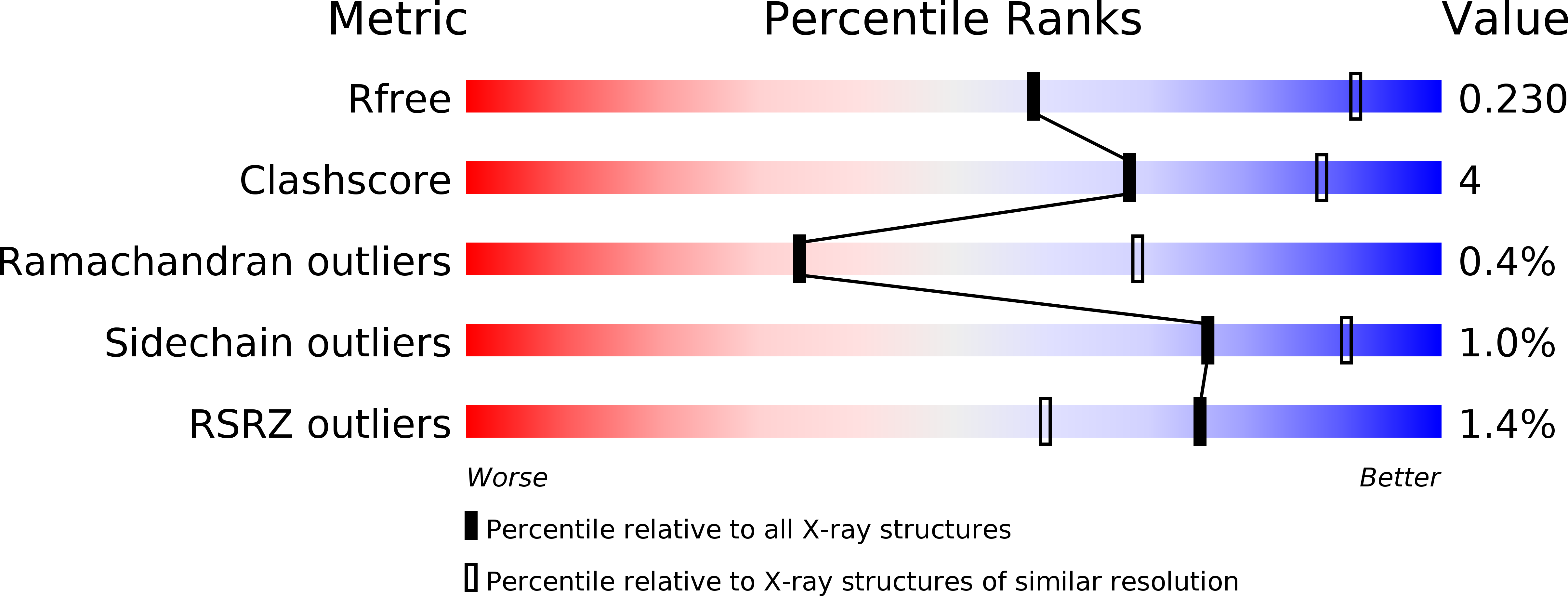
Deposition Date
2017-12-28
Release Date
2018-03-21
Last Version Date
2024-11-13
Entry Detail
PDB ID:
6C09
Keywords:
Title:
Ternary crystal structure of the 3C8 TCR-CD1c-monoacylglycerol complex
Biological Source:
Source Organism:
Homo sapiens (Taxon ID: 9606)
Host Organism:
Method Details:
Experimental Method:
Resolution:
2.95 Å
R-Value Free:
0.20
R-Value Work:
0.17
R-Value Observed:
0.17
Space Group:
P 31 2 1


